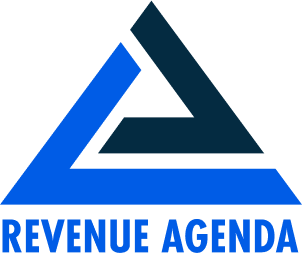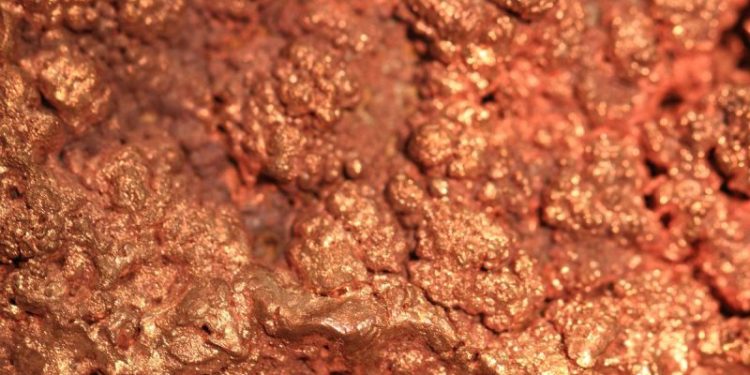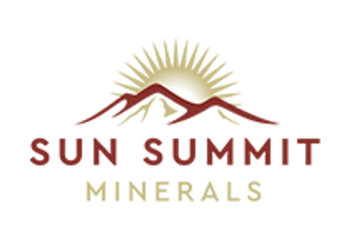Copper ore must undergo a complicated refining process to convert it into saleable high-purity copper products, as mined ore typically contains less than 1 percent copper.
Copper refining involves increasing the grade and purity of the metal through a variety of physical, mechanical and chemical processes. One of the first steps in the copper refinement process is beneficiation, also known as concentration.
Copper concentrates are processed further via pyrometallurgy or hydrometallurgy, depending on the different types of ore (e.g. oxide, sulfide) from which they were extracted. Taking the copper refining process further, electrochemical processes are used to produce high-purity copper cathodes that can later be converted to end use products down the value chain.
High-purity copper products are in high demand throughout many of the world’s most important sectors of the economy, from construction and communications, to automotive and electronics. Demand for copper products is also on the rise in the renewable energy sector.
Read on to learn more about the difference between copper concentrate and copper cathodes, the copper refining processes used to make these economically important products, and how they make it to the market.
In this article:
Copper concentrate vs. copper cathode
What’s the difference between copper concentrate and copper cathode? While both are saleable copper products, each represents very different stages along the copper added-value supply chain.
The first stage of concentrate production is generally conducted at or very near mine locations to save on transportation costs. It involves crushing and grinding mined ore into smaller particles to roughly separate copper from waste rock.
The copper is further extracted through flotation, which involves slurrying the ground ore with water and chemical reagents. In this process, air is blown through the mixture, and the copper floats to the top. The copper is then removed with a skimmer. At the end of this step, concentrate levels are typically between 24 and 36 percent copper, depending on their region of origin.
Further liberating the copper from the waste rock depends on the type of ore, whether sulfide or oxide, due to the different chemistries of these separate ore types. Pyrometallurgy, which uses extreme heat, is best suited for copper sulfide ores, while hydrometallurgy, which uses water, is best for copper oxide ores.
The resulting copper concentrate, although still considered an unfinished material at this stage, is considered a saleable copper product. Often in powder form, copper concentrate is purchased by copper smelters to use in the production of copper anode and blister copper, the next saleable copper product in the value-added chain. Blister copper typically falls in a range of 98 percent to 99.5 percent copper purity.
The production of copper cathode is the final stage in the copper refinement process and takes place at a refining plant or smelter. The two main processing pathways to copper cathode are leaching and electro-winning, or smelting and electrolytic refining. You can read more about these below.
Through these copper refining processes, unwanted material is progressively removed from blister copper to the point that the resulting copper cathode product is concentrated at up to 99.99 percent purity, the standard for the highest-grade copper. Copper cathode is used to make copper wire rods, sheets, ingots and copper alloys.
The hydrometallurgical copper refining process
In hydrometallurgy, water-based solutions are used to extract copper from oxide ores. The most commonly used method is heap leaching, which involves percolating chemical solutions to leach out metals. Crushed copper ore is “heaped” onto an impermeable leach pad and then sprayed with a sulfuric acid solution in order to dissolve the copper from the ore, forming a copper solution.
This is typically followed by solvent extraction and electrowinning (SX/EW). This is a newer refining technology that became widely adopted in the 1980s, and roughly 20 percent of the world’s copper production is now produced via this process.
Solvent extraction begins with an organic solvent, which separates copper from impurities and unwanted material. Next, sulfuric acid is added to strip the copper from the organic solvent, producing an electrolytic solution.
This solution goes through the electrowinning process, a form of electrolysis in which an electrical current passes through the copper solution. Positively charged copper ions in the solution are then plated onto a cathode. At 99.99 percent pure copper, the copper cathode is now a value-added saleable copper product.
The pyrometallurgical copper refining process
In pyrometallurgy, intense heat, often at 2,300 degrees Fahrenheit, is applied to extract copper from sulfide ores. After the flotation process described above, the next steps are thickening, smelting in a refiner and electrolysis to produce high-purity copper cathodes.
During the thickening stage, the froth solution produced during flotation is poured into large tanks, allowing solids to settle at the bottom. The solution is then then filtered to remove excess water. At the end of this stage, the resulting copper concentrate is ready to be sent to the smelter.
Chemical reactions that occur during the smelting process cause the concentrate to separate into two layers of molten material: a matte layer and a slag layer. The matte layer, on the bottom, contains the copper, while the slag layer contains the impurities.
The slag is discarded and the matte is recovered and moved to a cylindrical vessel called a converter. A variety of chemicals are added to the converter, and these react with the copper to form blister copper, which is usually 98 percent to 99.5 percent pure. The blister copper is then recovered and subjected to a process called fire refining.
In fire refining, air is blown through the copper to oxidize impurities into slag, then wood is added to help reduce the oxidized copper through chemical reactions, leaving refined copper behind to be processed into copper anode.
Finally, to completely deoxidize the copper, either phosphorus is added to it to form phosphorus pentoxide, or the copper is cast into copper anodes and placed in an electrolytic copper cell. Once charged, the pure copper collects on the cathode and is removed as a 99.99 percent pure copper product.
How does refined copper reach the market?
Concentrate producers sell a concentrate powder containing 24 to 40 percent copper to copper smelters and refiners. Selling terms are unique to each smelting company or copper refinery, but in general, the smelter pays the miner approximately 96 percent of the value of the contained copper content in the concentrate, minus treatment charges (TCs) and refining charges (RCs).
TCs are charged per metric ton of concentrate treated, while RCs are charged per pound of metal refined. These charges fluctuate with the market, but are often fixed on an annual basis. TCs and RCs tend to rise when there is a high availability of copper ore.
Miners indicate copper concentrations, although they may be spot checked by a third party when enroute to the refiner. Additionally, penalties may be assessed against copper concentrate according to the level of deleterious elements contained, such as lead or tungsten.
Most smelting companies have strict limitations on permissible concentrations of impurities, and if concentrate producers do not meet these needs, they will be subject to financial penalties. Miners may also receive credits for “valuable” minerals, such as precious metals gold and silver. TCs and RCs are levied separately on these metals.
Smelters generally operate by charging tolls, but they may also sell refined copper metal on behalf of miners. All of the risk (and reward) of fluctuating copper prices, then, falls on miners’ shoulders.
How is refined copper sold?
Refined copper is sold mostly in the form of 99.99 percent purity copper cathode either by smelting companies or mining companies with their own refining plants. The buyers are normally end users such as copper mills, brass mills or foundries who purchase copper cathode as melting stock for the manufacture of copper wire rods, copper ingots or copper alloys.
The price of refined copper is set by the global exchanges, such the London Metal Exchange (LME), the CME Group’s COMEX or the Shanghai Futures Exchange (SHFE), and can be brought to market through these exchanges.
Copper cathode sold on the global exchanges must be registered Grade A type with a copper content of 99.99 percent. Unregistered high-grade copper cathode, standard grade and off-grade can be sold into the physical market through trading companies and financial institutions, but will not garner the producer’s premium prices of SHFE or LME registered copper cathode. This premium allows the copper cathode producer to recoup the costs such as insurance and freight associated with transporting its goods to the buyer.
Securities Disclosure: I, Melissa Pistilli, hold no direct investment interest in any company mentioned in this article.














